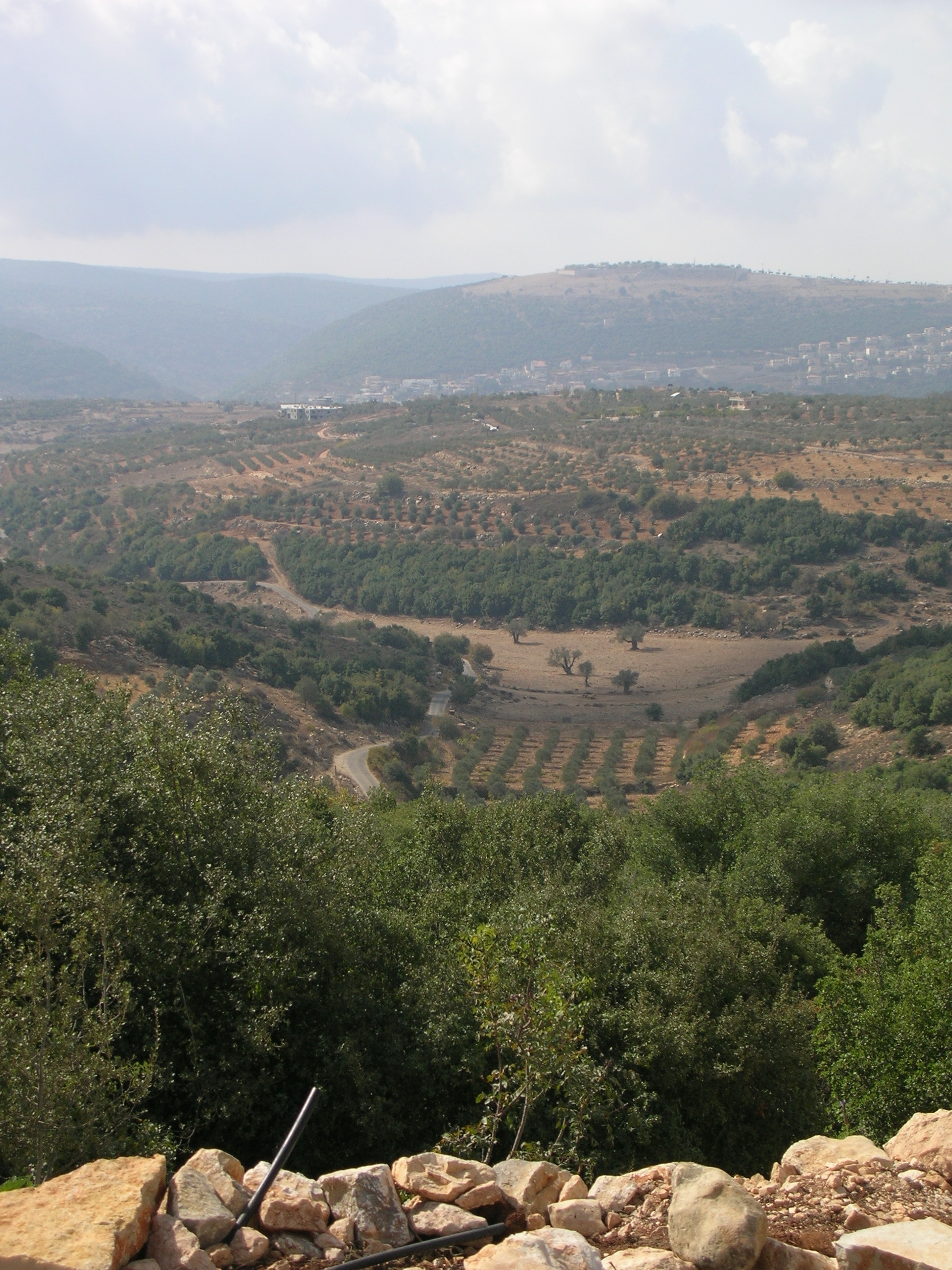Ron and I just came back from two days roaming through the Western Galilee, scouting out interesting places for my culinary tours. This is definitely one of the most enjoyable parts of starting this business.
Driving east from the Mediterranean, a few miles below the northern border, our first stop was the community of Klil, best known for its isolated homes set deep into the landscape, unconnected to the electricity grid. The restaurant I’d heard about was high up on a hill –a stone path led to a rustic wooden kitchen with a few tables, and below it, a delightful open porch facing a lush vegetable garden and panoramic views of the hills and Mediterranean sea. Except for a sleeping cat and the overpowering fragrance of baking apple pie, the place was deserted. After arranging ourselves in the optimal spot to enjoy the winter sun, the proprietress appeared and soon we were dipping into bowls of spicy tomato, and creamy pumpkin soup. For our salad, she rambled down to the garden to pick a head of romaine, which in short order was joined by segments of fresh orange and shreds of goat cheese. Spearing the last piece of lettuce revealed a bright green prodenia caterpillar left naked on the plate, lolling in its olive oil bath.
Other stops included meeting a woman in a moshav near the Lebanese border who bakes traditional Moroccan bread on hot stones – fragrant and delicious loaves topped with fresh herbs or stuffed with a mushroom or olive mixture (the mushrooms are grown in the moshav, the olives are their own), and a goat farm in another mountaintop village where home-made cheeses and local wines are set out in a refrigerator and people are invited to purchase what they want on the honor system. We bought a piece of semi-hard cheese with sun-dried tomatoes and rosemary which went perfectly with our Moroccan bread.
Each of these mountaintop communities has a different character – some were settled during the first years of the state by immigrants from North African countries – sent by the Jewish Agency to populate the farthest northern periphery. Others were established in the 70’s and 80’s by hardy souls seeking unqualified natural beauty and isolation, and the opportunity to live in close connection to the land. At one of these villages we met with Dina at her spartan country house with goats in the yard and stunning mountain views. Dina is studying traditional building with earth – specifically for cooking. Concerned that the knowledge of how to make and use traditional ovens is dying out, Dina travels the country documenting them and the people who use them. These include the tab’un, which is the traditional clay oven used in Arab cooking, as well as clay ovens used in Yemenite and Kurdish cuisine. She told me about a project she’s working on in one of the Kurdish moshavim, to create a center for traditional earth-built cooking, which she hopes will be operating by spring. I wish her well and hope to include this new venture in my tours.
